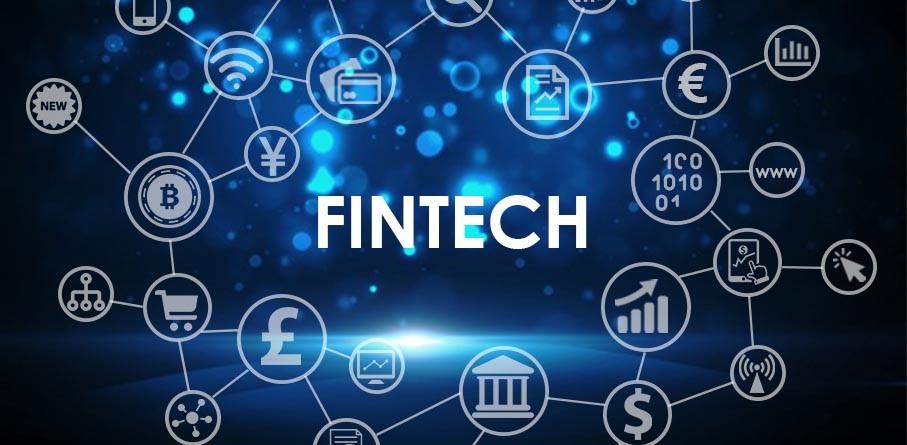Blockchain and cryptocurrency have revolutionized the way we think about money, finance, and decentralized systems.

Blockchain technology enables secure, transparent, and efficient data management, while cryptocurrency provides a digital alternative to traditional fiat currencies.
*Blockchain Technology*
Blockchain is a distributed ledger technology that records transactions across a network of computers.
_Key Features of Blockchain_
1. Decentralization: No single point of control
2. Immutable: Tamper-proof transactions
3. Transparency: Public ledger
4. Consensus: Network validation
5. Security: Cryptographic encryption
_Types of Blockchain_
1. Public Blockchain: Open to anyone (e.g., Bitcoin)
2. Private Blockchain: Restricted access (e.g., enterprise)
3. Consortium Blockchain: Hybrid public-private model
4. Sidechain: Interoperable blockchain networks
_Blockchain Applications_
1. Cryptocurrencies (e.g., Bitcoin, Ethereum)
2. Supply Chain Management
3. Smart Contracts
4. Identity Verification
5. Healthcare Record Management
*Cryptocurrency*
Cryptocurrency is a digital or virtual currency that uses cryptography for secure financial transactions.
_Types of Cryptocurrencies_
1. Bitcoin (BTC)
2. Ethereum (ETH)
3. Altcoins (e.g., Litecoin, Monero)
4. Tokens (e.g., ERC-20, TRC-20)
5. Stablecoins (e.g., USDT, USDC)
_Characteristics of Cryptocurrency_
1. Decentralized: No government control
2. Limited supply: Most cryptocurrencies have a capped supply
3. Fast transactions: Near-instant transaction processing
4. Secure: Cryptographic encryption
5. Volatile: Price fluctuations
_Cryptocurrency Markets_
1. Exchanges (e.g., Binance, Coinbase)
2. Trading platforms (e.g., Kraken, Huobi)
3. Wallets (e.g., Ledger, Trezor)
4. Payment processors (e.g., BitPay, CoinPayments)
*Benefits and Challenges*
_Benefits_
1. Financial inclusion: Access to financial services for underserved populations
2. Efficiency: Fast and secure transactions
3. Transparency: Public ledger
4. Security: Cryptographic encryption
5. Innovation: New financial products and services
_Challenges_
1. Regulatory uncertainty: Evolving regulations
2. Security risks: Hacking and theft
3. Volatility: Price fluctuations
4. Scalability: Limited transaction capacity
5. Adoption: Mainstream acceptance
*Future of Blockchain and Cryptocurrency*
1. Mass adoption: Increasing mainstream acceptance
2. Regulatory clarity: Clear regulations and guidelines
3. Scalability solutions: Improving transaction capacity
4. Institutional investment: Increased institutional investment
5. Decentralized finance (DeFi): Blockchain-based financial ecosystems
_Conclusion_
Blockchain and cryptocurrency have the potential to revolutionize the financial industry and beyond. Understanding the technology, applications, and challenges is crucial for navigating this rapidly evolving space.
_References_
1. _Blockchain Revolution_ by Don and Alex Tapscott
2. _Cryptocurrency_ by Michael J. Casey and Paul Vigna
3. _Blockchain and Cryptocurrency_ by IEEE Computer Society
4. _Coindesk_ – Blockchain and cryptocurrency news
5. _CoinTelegraph_ – Blockchain and cryptocurrency news


One thought on “Blockchain and Cryptocurrency: A Comprehensive Guide”
Comments are closed.